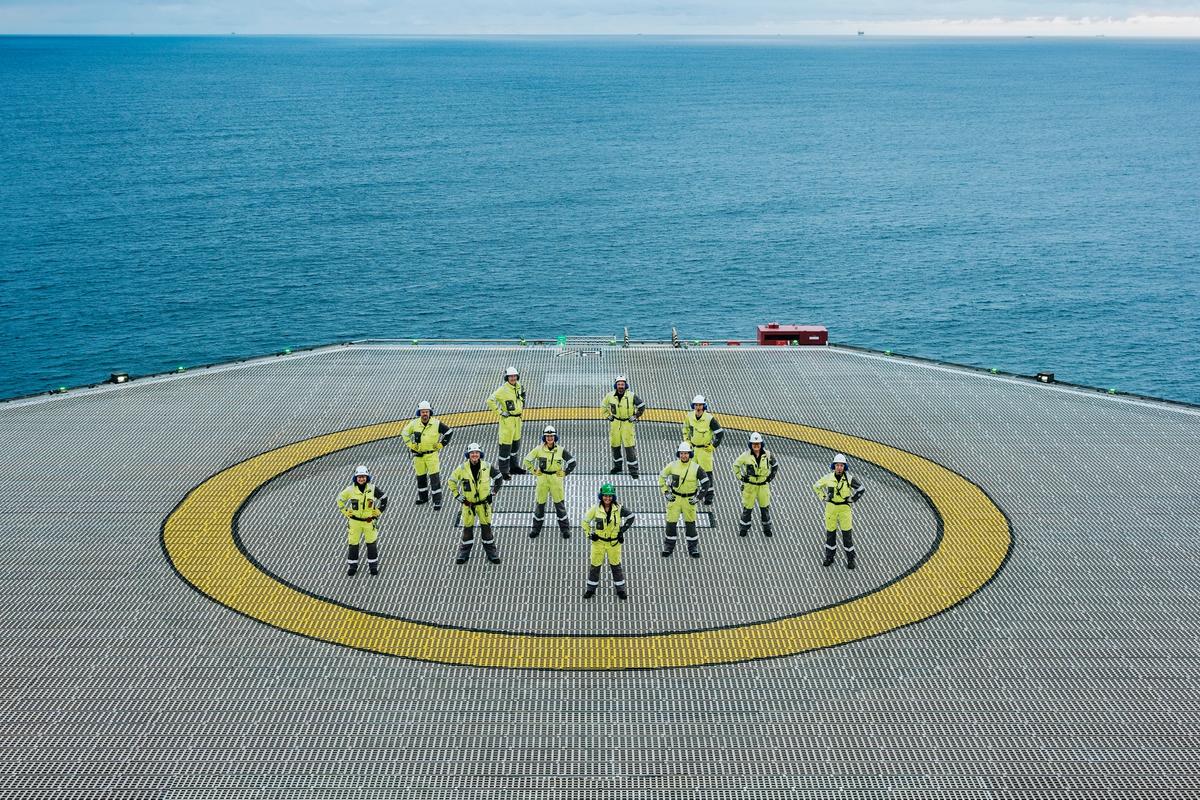“Today, we also see a lot of strong chemicals being applied, which the small boats aren’t allowed to use anymore – and which constitute a substantial environmental problem.
Lasering away disease – and fouling
Market surveys revealed great interest in a new and sustainable solution – and one harbour master even called them up and told them, in no uncertain terms – “You have to pursue this!”
When the company was established in 2021, the journey to identify the right technology got underway. Laser technology popped up as an alternative in a minor report. That was all it took for the former nurse to seize the moment.
“We already use UV rays to remove organisms and for sterilisation at hospitals, and we radiate cancer cells. This led me to the idea that laser beams might also be the way to go to remove fouling.”
This led to the next step: finding out what type of laser was suitable. But the laser community is quite tiny, and without anyone to discuss ideas with, the founders felt that they were merely floundering (their way forward). Following a failed test right before Christmas 2021 – which showed zero effect on the fouling – Amalie started to wonder if it might be time to give up on her entrepreneurial dream. However, after lengthy discussions and wading through new research articles, they found the solution they were looking for in the new year.
It all came down to the correct wavelength. And now the tests confirmed that it really did work.









